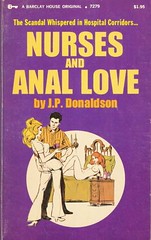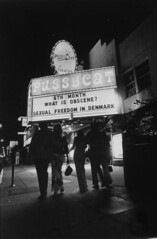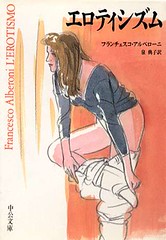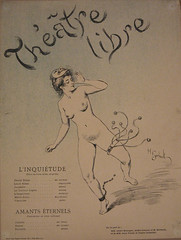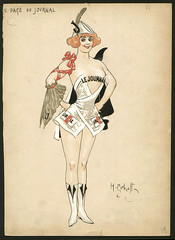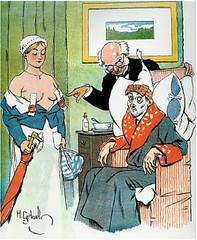René Magritte (1898 – 1967) was a Belgian painter, with Paul Delvaux the best-known representative of Belgian Surrealism.
He became well known for a number of witty images and the use of self-referentiality in such works as The Treachery Of Images (This is not a pipe (Ceci n’est pas une pipe), the best illustration to the concept of the map is not the territory.
His work frequently displays a juxtaposition of ordinary objects in an unusual context, giving new meanings to familiar things (see recontextualization). The representational use of objects as other than what they seem is typified in his painting, The Treachery Of Images (La trahison des images), which shows a pipe that looks as though it is a model for a tobacco store advertisement. Magritte painted below the pipe, This is not a pipe (Ceci n’est pas une pipe), which seems a contradiction, but is actually true: the painting is not a pipe, it is an image of a pipe. (In his book, This Is Not a Pipe, French critic Michel Foucault discusses the painting and its paradox.) Mention of This Is Not a Novel by David Markson is also in place here.
All this is conveniently known and one should also point to Magritte predilection for the bowler hat.
Most of the work of Magritte strikes as profoundly unerotic, cerebral and situated to the wrong side (left brain) of the twentieth century art faultline, but appearances deceive.
- Attempting the Impossible (1928) [1]
- Les Amants / The Lovers. (1928) [2]
- Le Viol (1934) – René Magritte [3][4]
- Collective Invention (1934) [5]
- Les Bijoux Indiscrets (1963) [6]
Many of these works hint at tainted and thwarted love and eroticism, skewed by a desire for paraphilic love and expression. There are hints of pygmalionism, attraction to independent body parts, rape and sensory deprivation. Unlike his contemporary André Masson, Magritte never takes on these subjects head-on, fodder for psychosexual interpretations which would conclude: repressed sexuality.
Alain Robbe-Grillet‘s La Belle captive.
New to me in the 2000s was Alain Robbe-Grillet’s cinematic take on the sophistry of Magritte. Grillet managed to eroticize the unspoken eroticism of Magritte in his film La Belle captive.
In 1983 Grillet releases his feature film La Belle captive in a production by Anatole Dauman‘s Argos Films.
The film is named after a painting by René Magritte, and is also the name of a 1975 photonovel of La Belle Captive: A Novel written by Robbe-Grillet and illustrated with Magritte’s paintings. To complicate things still further “La Belle Captive” is an extended series of over a dozen paintings, worked on during four decades, with its primary subject the easel, suggesting art and reality held captive. In the case of the film, Grillet chose to interpret the title of the film literally by playing on the trope of the damsel in distress.
To be disovered remains the 1955 documentary film Magritte by Belgian filmmaker and cultural anthropologist Luc de Heusch.

